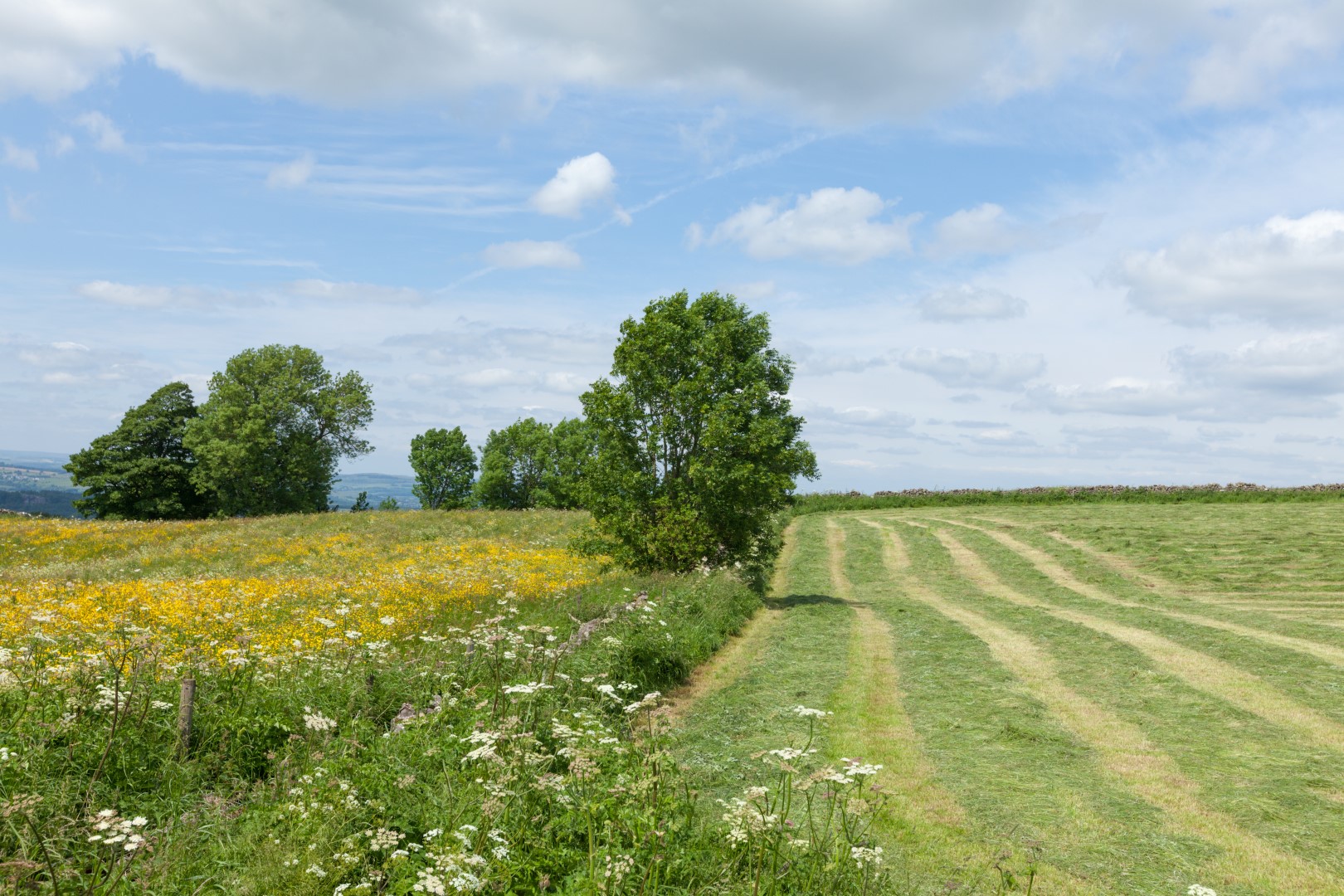Sustainable farm businesses delivering nature recovery
A large proportion of farms and land holdings in the Peak District are reliant on public funding to support their delivery of food, wildlife and other environmental benefits.
However, environmental schemes that assume a universal income foregone payment are failing to work for many farmers and land managers in this sensitive landscape. The approach fails to take into account many of the hidden costs on upland family farms, including long hours not recorded in the farm budget. Income for grazing livestock farms in Less Favoured Areas fell by over 40% in 2022-23 (opens new window), and many are likely to be earning under the minimum wage.
Although implementing the right nature recovery actions for each holding should help increase financial stability, the simple fact is that many farmers and land managers don’t have the ability to access and bank-roll public funding. This means they can’t achieve their ambitions for nature recovery, or capitalise on and maximise the economic and environmental opportunities.
Maintenance of existing high quality habitats, in recognition of the public goods that are already being delivered, should be the pinnacle of any publicly-funded support payments and environmental schemes (opens new window), making it easy to build nature into farm business planning.
# For nature
- Farm businesses that are financially sustainable are better able to consider and implement activities that benefit nature.
- Certainty of maintenance payments make it easier to build nature into farm business planning.
- More farms demonstrating nature recovery can encourage others to take action for nature, e.g. through interpretation on footpaths.
- Fewer or no artificial inputs can increase water quality and biodiversity.
# What else can sustainable farm businesses deliver?
- Implementing measures for nature can help make the land and businesses more resilient to price fluctuations, climate change and other uncertainties.
- Farming families are important components of rural communities.
- Fulfil the demand for nature-friendly, locally produced food, potentially increasing income and reducing food miles.
- Fewer artificial inputs can reduce variable costs (opens new window).
- Reduced inputs and sustainable and efficient stocking levels can reduce carbon emissions.

# In practice
- What a sustainable farm business looks like will be different for everyone.
- Get help and advice to make informed decisions.
- Take a whole farm business approach to maximise funding and delivery opportunities as they come along.
- Many low-cost measures can deliver individually or collectively for nature.
- Use signage, social media, local groups and other communications to tell the story of nature on farmland.
- Consider the ‘less is more (opens new window)’ approach to minimising variable costs.
- Local suppliers and businesses working together to provide nature-friendly, locally produced food to local markets.